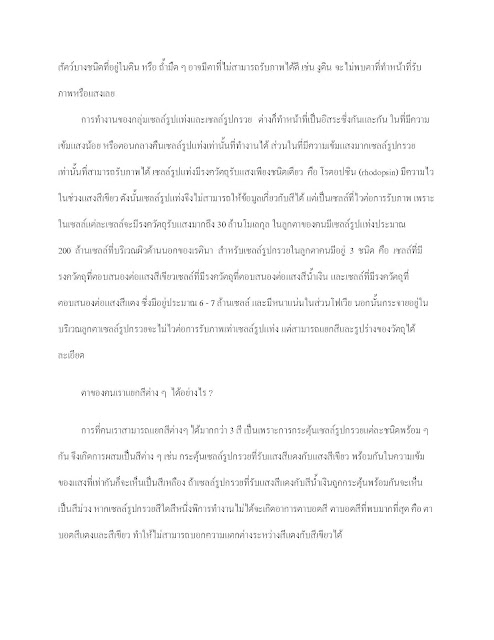The Endocrine System: How it Works
The endocrine system (www.youtube.com)
Hormones are chemical messengers created by the body. They transfer information from one set of cells to another to coordinate the functions of different parts of the body.
The major glands of the endocrine system are the hypothalamus, pituitary, thyroid, parathyroids, adrenals, pineal body, and the reproductive organs (ovaries and testes). The pancreas is also a part of this system; it has a role in hormone production as well as in digestion.
The endocrine system is regulated by feedback in much the same way that a thermostat regulates the temperature in a room. For the hormones that are regulated by the pituitary gland, a signal is sent from the hypothalamus to the pituitary gland in the form of a "releasing hormone," which stimulates the pituitary to secrete a "stimulating hormone" into the circulation. The stimulating hormone then signals the target gland to secrete its hormone. As the level of this hormone rises in the circulation, the hypothalamus and the pituitary gland shut down secretion of the releasing hormone and the stimulating hormone, which in turn slows the secretion by the target gland. This system results in stable blood concentrations of the hormones that are regulated by the pituitary gland.
Hypothalamus
Hypothalamus (www.youtube.com)
The hypothalamus is located in the lower central part of the brain. This part of the brain is important in regulation of satiety, metabolism, and body temperature. In addition, it secretes hormones that stimulate or suppress the release of hormones in the pituitary gland. Many of these hormones are releasing hormones, which are secreted into an artery (the hypophyseal portal system) that carries them directly to the pituitary gland. In the pituitary gland, these releasing hormones signal secretion of stimulating hormones. The hypothalamus also secretes a hormone called somatostatin, which causes the pituitary gland to stop the release of growth hormonePituitary Gland
Pituitary Gland (www.youtube.com)
The pituitary gland is located at the base of the brain beneath the hypothalamus and is no larger than a pea. It is often considered the most important part of the endocrine system because it produces hormones that control many functions of other endocrine glands. When the pituitary gland does not produce one or more of its hormones or not enough of them, it is called hypopituitarism. The pituitary gland is divided into two parts: the anterior lobe and the posterior lobe. The anterior lobe produces the following hormones, which are regulated by the hypothalamus:
- Growth hormone: Stimulates growth of bone and tissue growth hormone deficiency in children results in growth failure. Growth hormone in adults results in problems in maintaining proper amounts of body fat and muscle and bone mass. It is also involved in emotional well-being.)
- Thyroid-stimulating hormone (TSH): Stimulates the thyroid gland to produce thyroid hormones (A lack of thyroid hormones either because of a defect in the pituitary or the thyroid itself is called hypothyroidism.
- Adrenocorticotropin hormone (ACTH): Stimulates the adrenal gland to produce several related steroid hormones
- Luteinizing hormone (LH) and follicle-stimulating hormone (FSH): Hormones that control sexual function and production of the sex steroids, estrogen and progesterone in females or testosterone in males
- Prolactin: Hormone that stimulates milk production in females
- Antidiuretic hormone vasopressin: Controls water loss by the kidneys
- Oxytocin: Contracts the uterus during childbirth and stimulates milk production
Thyroid Gland
Thyroid Gland (www.youtube.com)
Parathyroid Glands
The parathyroid glands are two pairs of small glands embedded in the surface of the thyroid gland, one pair on each side. They release parathyroid hormone, which plays a role in regulating calcium levels in the blood and bone metabolism.Adrenal Glands
Adrenal Glands (www.youtube.com)
The two adrenal glands are triangular-shaped glands located on top of each kidney. The adrenal glands are made up of two parts. The outer part is called the adrenal cortex, and the inner part is called the adrenal medulla. The outer part produces hormones called corticosteroids, which regulate the body's metabolism, the balance of salt and water in the body, the immune system, and sexual function. The inner part, or adrenal medulla, produces hormones called catecholamines (for example, adrenaline). These hormones help the body cope with physical and emotional stress by increasing the heart rate and blood pressure.


















































